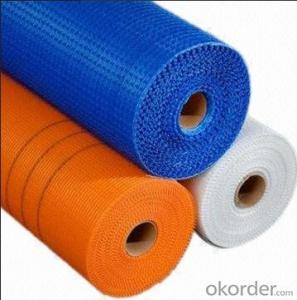Fiberglass fabric, a material that has quietly revolutionized numerous industries, is a versatile and robust choice for a myriad of applications. From construction to aerospace, this wonder-material has proven its worth time and again. Let’s dive into the world of fiberglass fabric and explore its unique properties, applications, and the reasons behind its widespread popularity.
The Versatile Nature of Fiberglass Fabric
Fiberglass fabric, also known as glass-reinforced plastic (GRP), is a composite material made from woven glass fibers. It’s lightweight, strong, and resistant to various environmental factors, making it an ideal material for a wide range of uses. The fabric’s versatility is one of the key reasons for its success in different industries.
A Material for the Modern Age
In the modern world, where sustainability and efficiency are paramount, fiberglass fabric stands out. It’s not just about its strength and durability; it’s also about the material’s ability to be molded into various shapes and sizes, allowing for innovative designs and solutions.
Construction and Infrastructure
One of the most significant applications of fiberglass fabric is in the construction and infrastructure sector. It’s used in reinforcing concrete, creating lightweight and strong structures that can withstand the test of time. Fiberglass fabric is also used in the production of composite materials for bridges, buildings, and other infrastructure projects.
Aerospace and Automotive Industries
The aerospace and automotive industries have also embraced fiberglass fabric for its lightweight and high-strength properties. Aircraft manufacturers use it to create components that reduce the overall weight of the aircraft, leading to improved fuel efficiency and reduced emissions. Similarly, the automotive industry uses fiberglass in the production of car bodies and parts, enhancing performance and aesthetics.
Marine Applications
When it comes to marine applications, fiberglass fabric is a go-to material. Boats, yachts, and other watercraft often utilize fiberglass for their hulls and superstructures due to its resistance to water, corrosion, and impact. This material ensures that marine vessels remain durable and maintain their integrity over time.
Renewable Energy Sector
Fiberglass fabric plays a crucial role in the renewable energy sector as well. Wind turbines and solar panels often incorporate fiberglass for their frames and structures, capitalizing on its strength and lightweight nature to support large and heavy components.
The Art of Fiberglass Fabrication
The process of creating fiberglass fabric involves weaving glass fibers into a fabric, which is then saturated with a resin to form a composite material. This fabrication process allows for a high degree of customization, enabling manufacturers to create products tailored to specific needs and requirements.
Sustainability and the Future of Fiberglass
As the world moves towards more sustainable practices, fiberglass fabric is well-positioned to play a significant role. Its recyclability and durability make it an environmentally friendly choice for many applications. Moreover, the material’s adaptability ensures that it will continue to be a key player in the development of new technologies and industries.
The Human Touch in Fiberglass Fabrication
While the fabrication process is largely automated, there’s still a human touch in the creation of fiberglass products. Skilled craftsmen and engineers are involved in the design and production process, ensuring that each piece is made to the highest quality standards. This human element adds a layer of warmth and care to the otherwise industrial material.
Innovations and Advancements
The world of fiberglass is not static; it’s constantly evolving with new innovations and advancements. Researchers and manufacturers are continuously exploring ways to improve the material’s properties and expand its applications. This spirit of innovation keeps fiberglass fabric at the forefront of material science.
Conclusion
Fiberglass fabric is more than just a material; it’s a symbol of modern innovation and progress. Its unique combination of strength, durability, and adaptability has made it a favorite among industries and a key component in the development of new technologies. As we look to the future, it’s clear that fiberglass fabric will continue to play a vital role in shaping the world around us.

